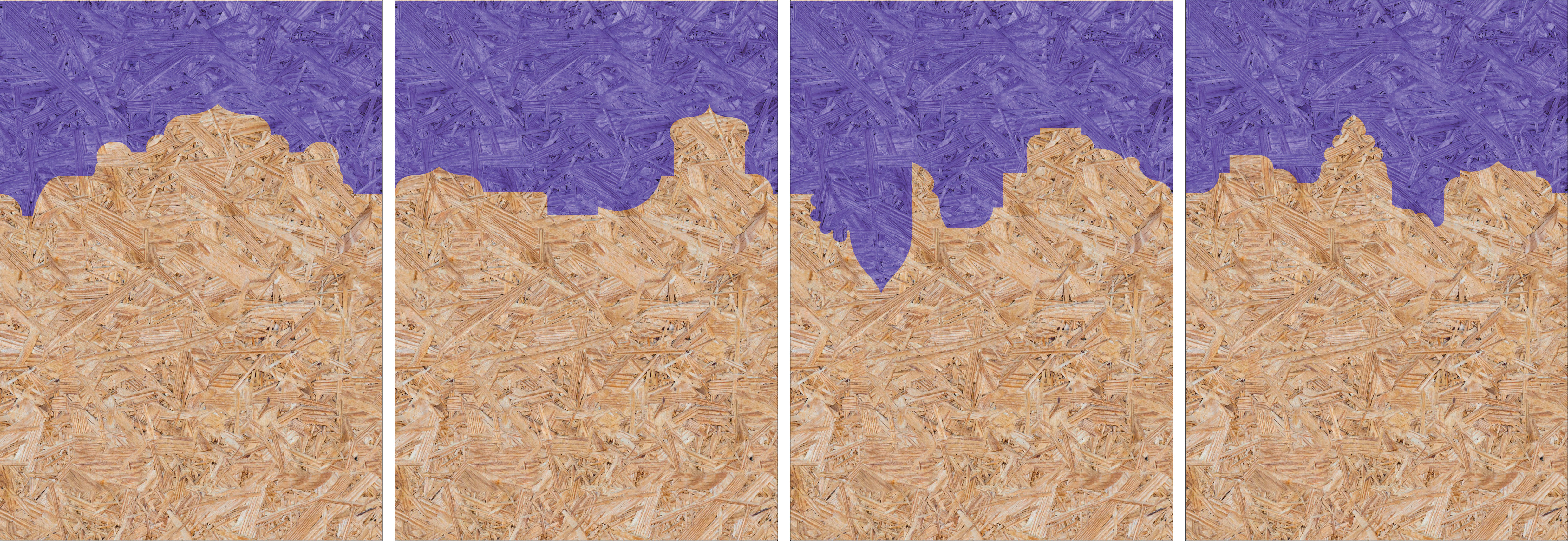
Lost & Found: Reappropriation of the Cocoanut Grove
Contribution to the Potenziale 3 Doctoral Exhibitionaut. architektur und tirol, Innsbruck
2021
"Nothing is more natural than mutual misunderstanding; the contrary is always surprising. I believe that one never agrees on anything except by mistake, and that all harmony among human beings is the happy fruit of an error."
Paul Valery (1958) The Art of Poetry
Merriam-Webster dictionary defines the term discourse as a verbal interchange of ideas. Following this definition, the Discourse Group stages on the 6th floor of Adambraeu a space for the exchange of various academic discussions, positions, and opinions under the umbrella of architectural research conducted at the University of Innsbruck.
When examined closer, many of the research subjects and subtopics within the group overlap in their peripheries and yet remain profoundly disparate in terms of the applied research methods and consequently, the representational qualities of the by-products exhibited. The work of the Discourse group is therefore driven by this threshold of similitude and dissimilitude and strives to confront certain tropes of architectural research: the interaction with references, models, drawings, and other forms of signifiers that stand in constant conversation with the topic of representation in contemporary and historical research.
When examined closer, many of the research subjects and subtopics within the group overlap in their peripheries and yet remain profoundly disparate in terms of the applied research methods and consequently, the representational qualities of the by-products exhibited. The work of the Discourse group is therefore driven by this threshold of similitude and dissimilitude and strives to confront certain tropes of architectural research: the interaction with references, models, drawings, and other forms of signifiers that stand in constant conversation with the topic of representation in contemporary and historical research.
These previously mentioned emphasis on reference and the ongoing dialogue manifest themselves in the exhibition setup through the depiction of a nightclub after its event has transpired. The individual contributions all become artifacts of a night spent at a quasi reconstruction of the world-famous exotic nightclub from Los Angeles built in the 1920s, Cocoanut Grove. The multitude of research positions on the 6th floor reaches a happy medium at the Cocoanut Grove through the refusal of a unifying exhibition design.The loose arrangement of artifacts evokes new conversations of the contemporary and the past. The party may have reached an end yet its relics and their encounters remain in memoriam, still in association to one another whilst existing independently.
Inspired by the Salon or rather Salon de Paris (1667), an art exhibit of the Académie des Beaux-Arts in Paris, France, the exhibit itself becomes the backdrop that encourages the discourse in the space and sets the scene for emerging interpretations. Much like the abundance of references within the original Cocoanut Grove, with its appropriations, every component put in or taken out finds itself in conjunction and disjunction to one another in terms of origin, method, and application.
Inspired by the Salon or rather Salon de Paris (1667), an art exhibit of the Académie des Beaux-Arts in Paris, France, the exhibit itself becomes the backdrop that encourages the discourse in the space and sets the scene for emerging interpretations. Much like the abundance of references within the original Cocoanut Grove, with its appropriations, every component put in or taken out finds itself in conjunction and disjunction to one another in terms of origin, method, and application.





